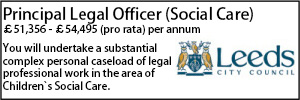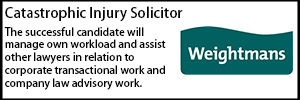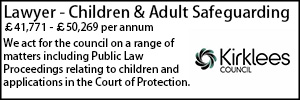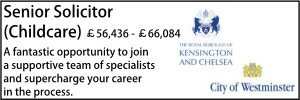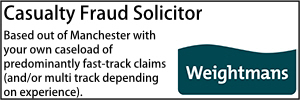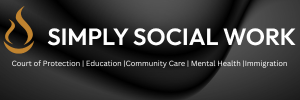What does the law say about hair strand testing?
For years, companies providing hair strand testing (HST) for child proceedings have been largely self-regulating. Providers have often chosen what is quickest and cheapest for them, not necessarily what is best for the courts and families.
- Details
However, there is well-established case law that sets out how HST evidence should be instructed, presented and explained. Below Forensic Testing Service (FTS) outlines what the law says and how it respects this.
15 years of legal guidance
The most recent case to consider HST was Re D [2024] (Children Interim Care Order Hair Strand Testing), which noted that “hair strand test drug results cannot be viewed in isolation, separately from the wider environmental factors” that might influence findings.
These include anything from the colour of their hair to whether the client shares a bed with a regular user of drugs, chemically treats or dyes their hair, or uses specific hair products. Because labs all have their own equipment and processes, Re D notes the variability of findings does not call into question the underlying science behind HST but rather highlights the need to “treat data with proper caution”.
Re D elevated an earlier case, , Re H (A Child: Hair Strand Testing) [2017] EWFC 642017] EWFC 64, Peter Jackson J, to court of appeal level, which noted hair strand testing will often be interpreted by experts expressing an opinion. To be of real use, the expert must:
- Describe the process,
- Record the results,
- Explain their possible significance in a clear and understandable way,
- Fully and faithfully report all findings.
So while hair strand testing evidence is factual, what those findings mean and how those conclusions were reached requires explanation by an expert.
It follows that companies providing clients with a short report or certificate of analysis where results have had Society of Hair Testing (SoHT) cut-off levels applied, and omitting findings below those cut-offs, are not respecting court guidance.
Many companies continue to report only levels found above SOHT cut-offs, often presenting them as “positive” results, which can be mistaken to mean use.
Indeed, Re H warned that because HST results appear as numbers, there is a risk that results acquire a “pseudo-certainty”. The ruling acknowledged multiple “variables in relation to hair colour, race, hair condition (bleaching and straightening damages hair), pregnancy and body size” that will affect the results of HST, in addition to the “variable inherent in the testing process.”
Re D also made it clear there is a duty on advocates to tell the courts what HST can and can’t tell you.
London Borough of Islington v M and another [2017] EWHC 364 (Fam [2017] EWHC 364 (Fam), likewise found that HST “should never be regarded as determinative or conclusive” and that the SoHT published guidelines on cut-off levels are only guidelines, not “a straight jacket of rules”. Yet many companies still treat them as such.
Further guidance was suggested at The International Association of Forensic Toxicologists in 2019: “Toxicologists reporting hair strand analysis results should move away from simply providing results by the application of cut-offs, to a process of assisting the Courts as experts by providing evidence-based opinions.”
London Borough of Richmond v B & Ors [2010] EWHC 2903 (Fam) [2010] EWHC 2903 (Fam) determined that HST is expert opinion evidence and that it can be challenged in the courts. It noted: “the courts and parties need to have available all the information necessary to understand what weight can be placed on the evidence.”
The case also noted that the Practice Direction on the duties of an expert applies to all expert evidence. It noted the guidance given in the Practice Direction “is mandatory.”
In summary, 15 years of UK case law clearly outlines that HST is expert opinion evidence and findings needs to be fully and faithfully explained to the courts to be useful. The law highlights that HST forms just one piece of the puzzle within family law proceedings.
This would infer that the application of cut-offs denies the courts the full context of the case and potentially causes miscarriages of justice. Yet most HST tests are still not properly instructed, interpreted or presented to the courts.
How FTS reports differ
For the reasons above, FTS reports do not use misleading positives/negatives or present a simple certificate of analysis.
FTS never applies SOHT cut-offs to findings, always reports all results, no matter the level present, and provides expert explanation as to what those results mean. We also take a full forensic history from the client to enable more informed interpretation.
You can be confident that when you instruct FTS expert services, you will get the full context of the case every time, in a way that respects and upholds the rigour demanded by law.
To instruct FTS Instruct an Expert services, call 01924 480 272 or email














